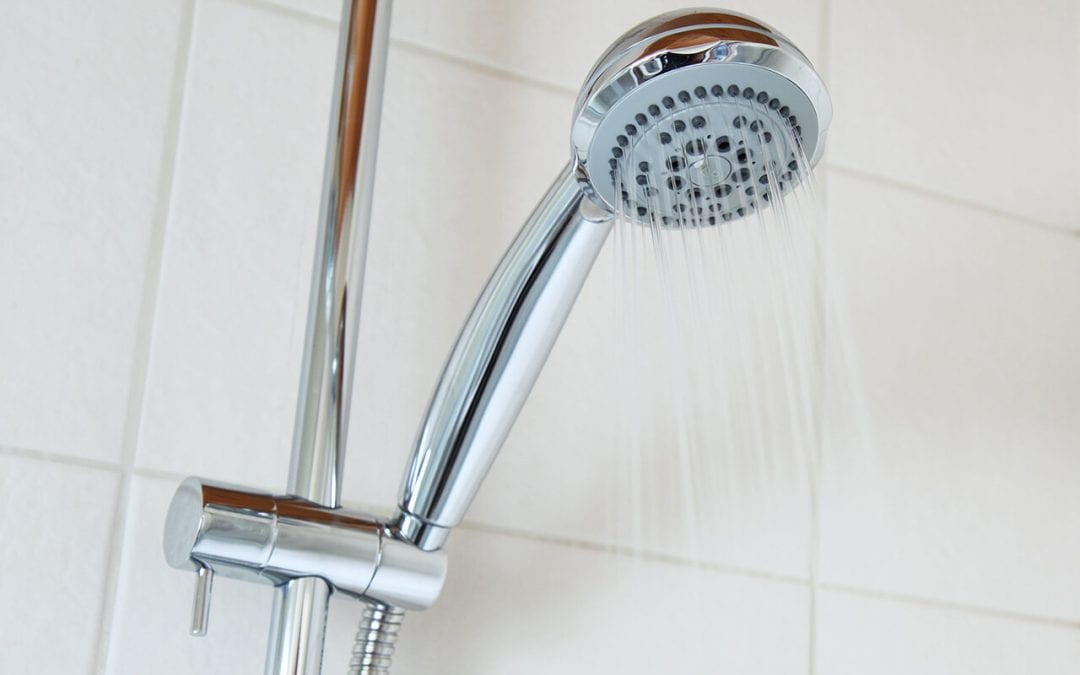Whether or not you have a drought going on in your area, water should be treated as a valuable resource. Although it’s not infinite, most of us have the privilege of having a regular and consistent supply of clean water. Unfortunately, we often take this privilege for granted. Some common sense can go a long way toward reducing water usage and minimizing waste. Today, there are many smart ways to save water at home including:
Installing Low-Flow Fixtures
In most homes, the bathroom is responsible for the greatest amount of indoor water usage. With a few smart choices, however, it’s also where homeowners can reap significant water savings. In an average home, toilets are responsible for around 30% of our indoor water consumption while showering accounts for nearly 17%.
Older toilets require approximately 6 gallons of water per flush while newer, WaterSense-certified models use 1.28-1.6 gallons per flush (with dual-flush toilets using much less). Unlike regular showerheads, which use about 2.5 gallons of water a minute, WaterSense-certified showerheads have a flow rate that’s lower than 2 gallons per minute and provide better performance. As such, replacing older bathroom fixtures with newer WaterSense-certified options will help you save water at home.
Another easy tip: reduce your shower time by a couple of minutes each day. This alone can amount to significant savings over the course of a year, especially if your whole family commits to shorter showers.
Cover Your Pool to Save Water at Home
If you own a swimming pool, a pool cover will not only help retain the water temperature of your heated swimming pools, they will also minimize evaporation. According to the Department of Energy, a pool cover can help reduce the amount of replacement water required by as much as 30-50%. By investing in a cover now, you can reduce your water bill and save a lot over time.
Water Your Plants By Hand
For those who have small gardens, hand watering might help you to save water at home. According to a survey conducted by the EPA, households that use hoses to water their gardens manually often consume 33% less water outside than those equipped with automatic irrigation systems.
Harvest Rainwater
Homeowners can save water at home by harvesting rainwater. A water collection system will help you capture and store rainwater for use outdoors. For example, rainwater can be used to water plants in the garden. Aside from a collection tank, you will need a properly maintained gutter system to catch water from the roof and channel it to the tank. Cover your collected water at all times to help keep mosquitoes at bay.
Watch Your Faucets
You can save water at home by breaking bad habits. The water from your faucet should not run needlessly. Shut off the tap while shaving or brushing your teeth and turn it back on when you need to rinse. According to the EPA, older bathroom faucets use about 2 gallons of water per minute, meaning you may end up saving hundreds of gallons every month if you adopt this new approach.
It’s also good to replace your old fixtures with newer models. When selecting new fixtures, make sure you look for the WaterSense label. EPA WaterSense-certified faucets and aerators use less than 1.5 gallons of water per minute. In addition to turning off faucets and installing efficient fixtures, you need to find and fix any plumbing leaks. A faucet that leaks 60 drops per minute can waste up to 192 gallons of water every month or 2,304 gallons yearly, while a leaky toilet can waste 200 gallons per day.
By making these adjustments to your daily habits, you will see your water bill decrease over time. There is no need to waste water when it is easy to save water at home.
Florida Superior Inspections serves the Greater Tampa area with home inspection services. Contact us to schedule an inspection.

